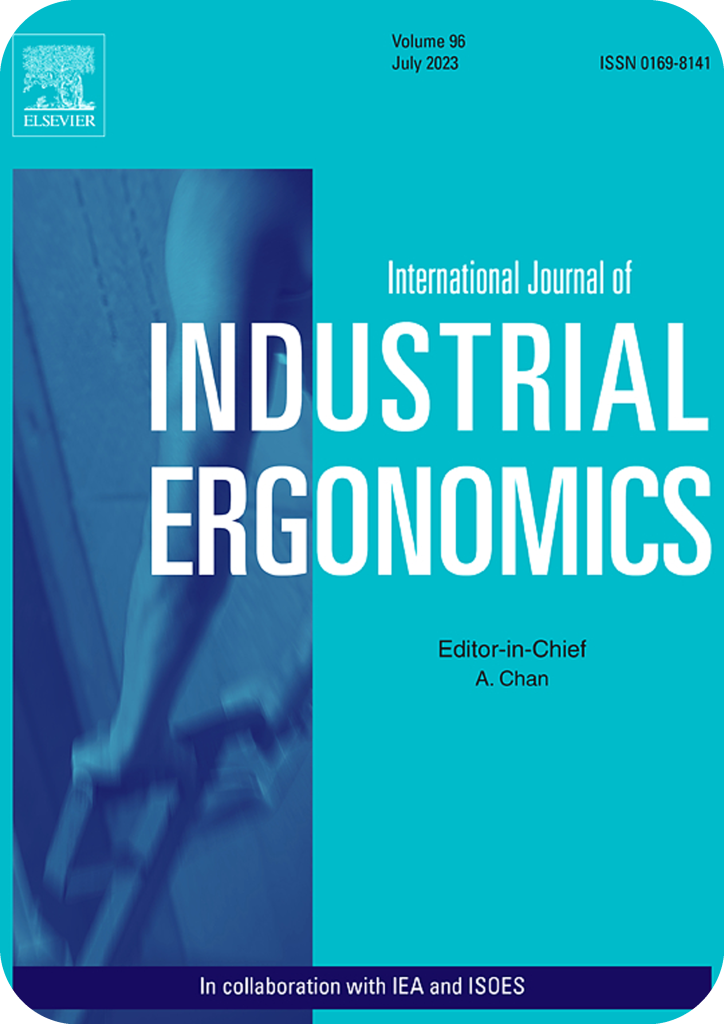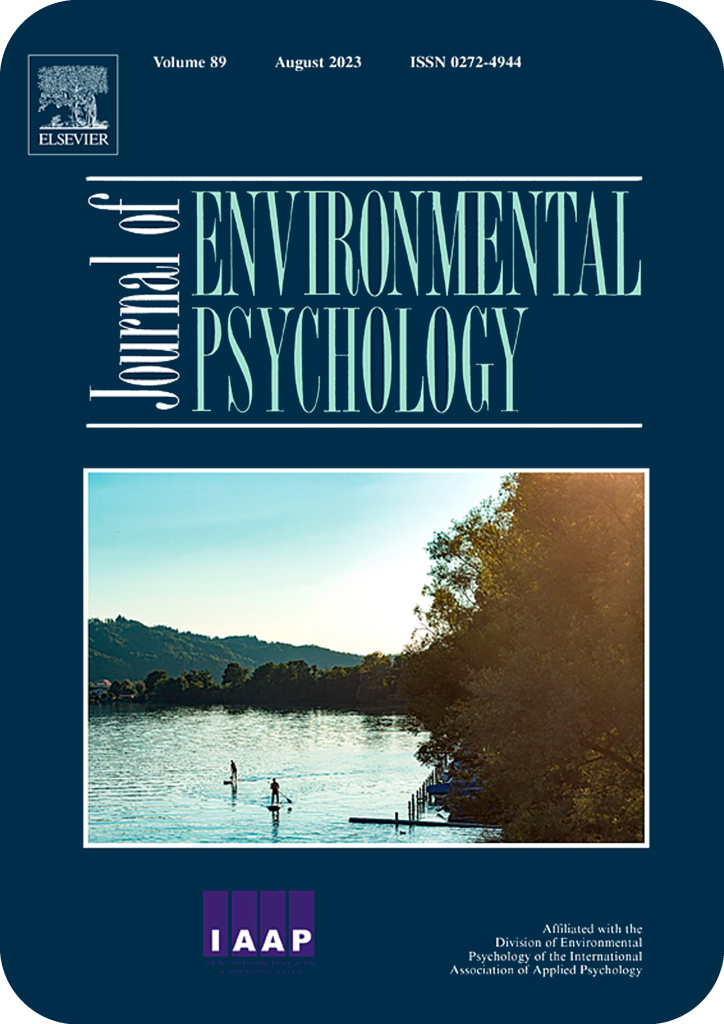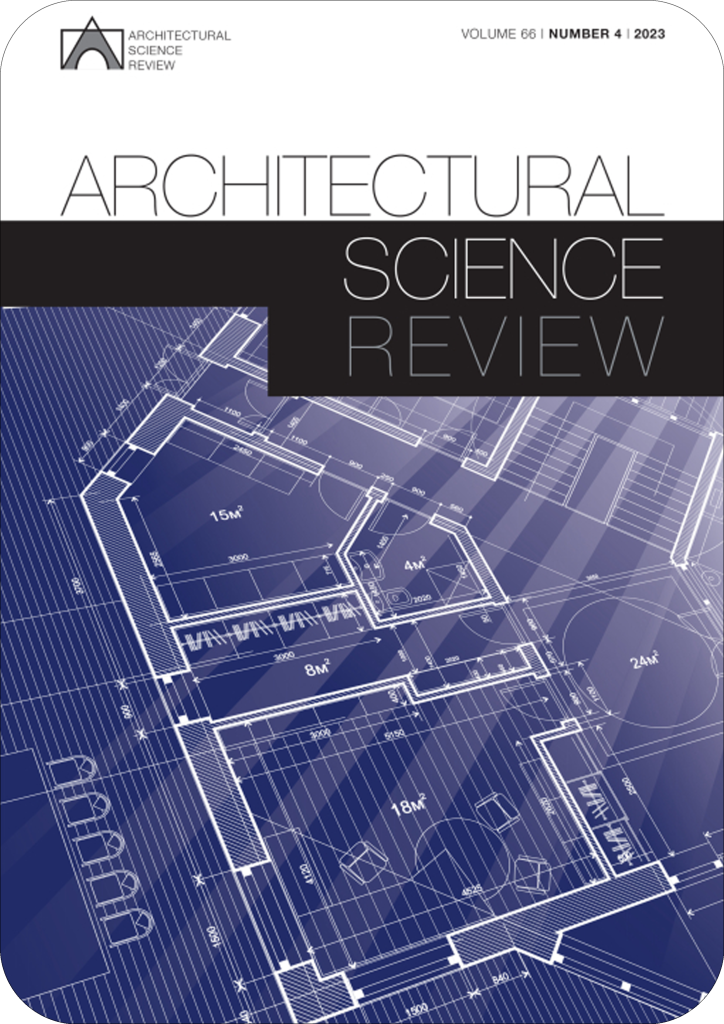
Abstract: The objective of this study is the usability validation of a real time–motion history volume (RT–MHV) model visualization solution, developed by the authors, by examining the advantages it gives designers, and identifying unresolved application issues that require further research. Herein, we assess our hypothesis that the usability of the RT–MHV assessment model, can be validated and is correlated to the needs of designers. In order to improve the architecture visualization practice of the model, an analytical and empirical heuristics expert evaluation was conducted, aiming of identify usability problems and confirm acceptance suitability for designers. The evaluation was performed from the perspective of five experts, and across a range of methodology contexts. The experts utilized the framework to determine whether a particular model visualization alternative was appropriate for a problem-driven design task. The heuristic evaluation was based on the three well-documented steps of human computer interface methods, modified in line with our own experiences and the research-defined steps and objectives. Hence, for the first heuristic step, we developed a profile of the typical designer/user, based on literature review, and a problem-driven design case study, based on a mobile-worker’s (‘e-worker’) tablet work. The second step incorporated two heuristic usability tests of dynamic representation alternatives, based on a constructed qualitative framework questionnaire made up of three key areas and 16 features for assessing model visualization methodologies. Finally, we analyzed the results by comparing the experts’ comments and questionnaires, identifying problems and disagreements as well as advantages and future challenges.
More Papers




